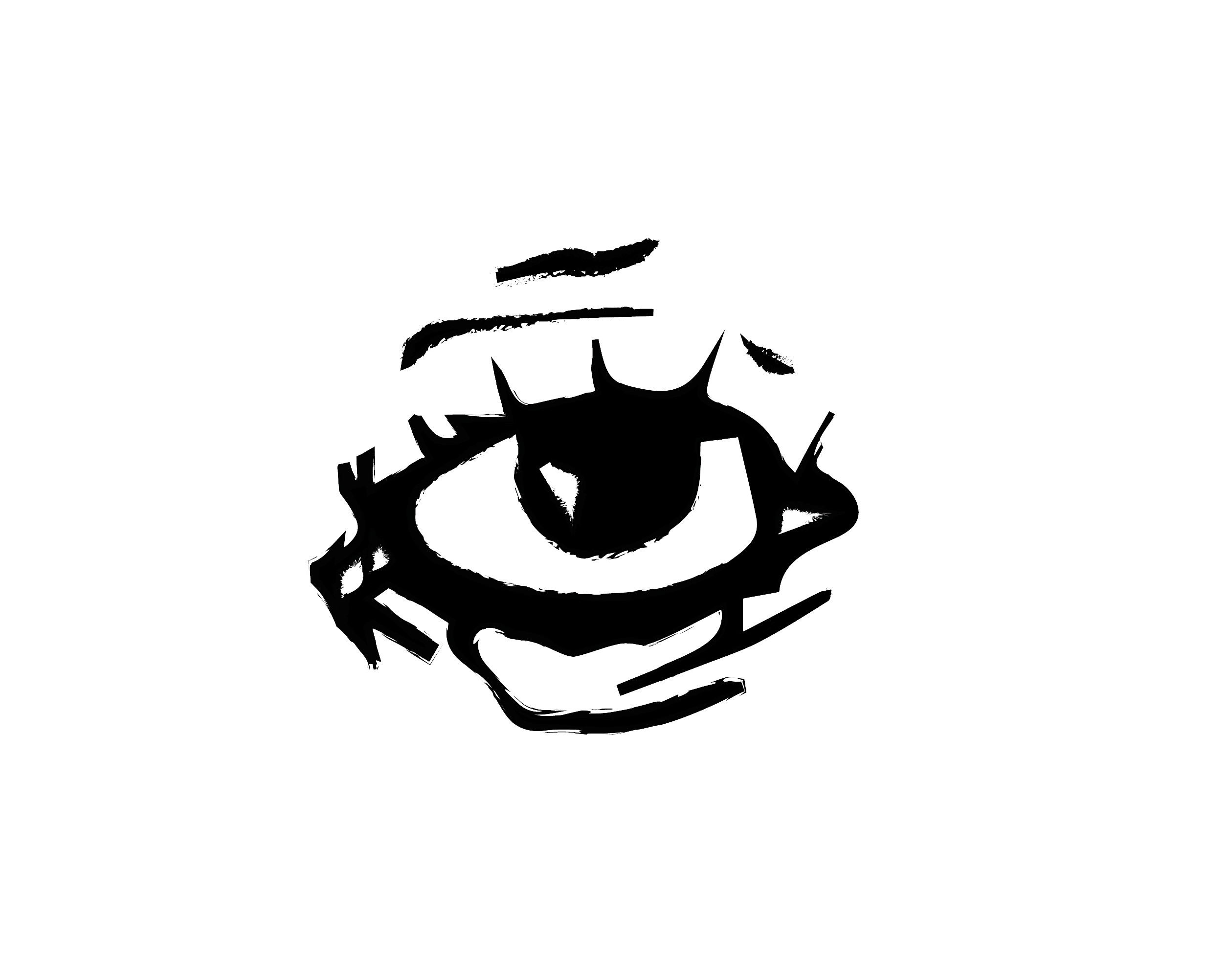Abundance and Scarcity
Shading Installation, Wearable
Artistic director: Azra Akšamija
Project research and development: Merve Akdogan, Lillian Kology, Yi-Ern Samuel Tan, Nadine Zaza
Outdoor canopy fabrication: Diriyah Biennale team
Bishty fabrication: Azra Akšamija, Lillian Kology
Time: February 2024
Role: Concept, Installation Design, Fabrication Drawings
The “Abundance & Scarcity” project, presented at the Diriyah Biennale 2024, marries environmental sustainability with cultural heritage through two components: an outdoor shading canopy and the “Bishty” wearable. This project embodies an artistic approach to addressing the extremes of desert climates while honoring the traditions of nomadic cultures, including those of Saudi Arabian tribes and contemporary nomads and refugees. The outdoor canopy, situated on an outdoor area of the Biennale, is crafted from recycled felt used as architectural upholstery of the previous Islamic Arts Biennale in Jeddah. Based on the dimensions of the Saudi Arabian Bisht, a traditional cloak made from goat wool and camel hair, this modular textile system forms a shading structure that is both functional and visually captivating. The canopy’s design, featuring laser-cut patterns, plays with light and shadow to create a dynamic visual effect reminiscent of Sadu weaving, enhanced by the gentle sway of the textiles in the desert wind. This structure is not only a nod to the ingenious constructions of nomadic shelters but also incorporates sewn-in sachets of native desert plants, adding a layer of sensory experience through their refreshing scents.
The second component, “Bishty,” extends the project’s reuse of textiles into wearable art. Drawing from the same modular principle as the canopy, “Bishty” is a cocoon-like cloak that translates the traditional Bisht into a captivating unisex wearable lined with refugee blankets. Both the canopy and “Bishty” highlight the theme of “Abundance & Scarcity” by selecting materials and integrating environmental and social considerations. The use of recycled felt and refugee blankets not only underscores a commitment to environmental sustainability but also reflects on the broader implications of resource utilization and cultural resilience. Following the Biennale, the project aims to continue its social mission by donating surplus materials to refugee camps and selling wearable items to fund further implementation efforts within these communities. This endeavor showcases art’s transformative power, advocating for innovative solutions to societal and environmental challenges while fostering a deeper connection to cultural traditions and the natural world.
